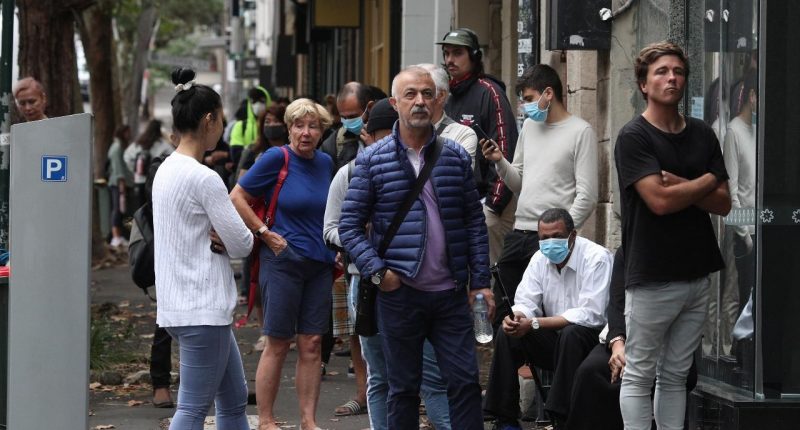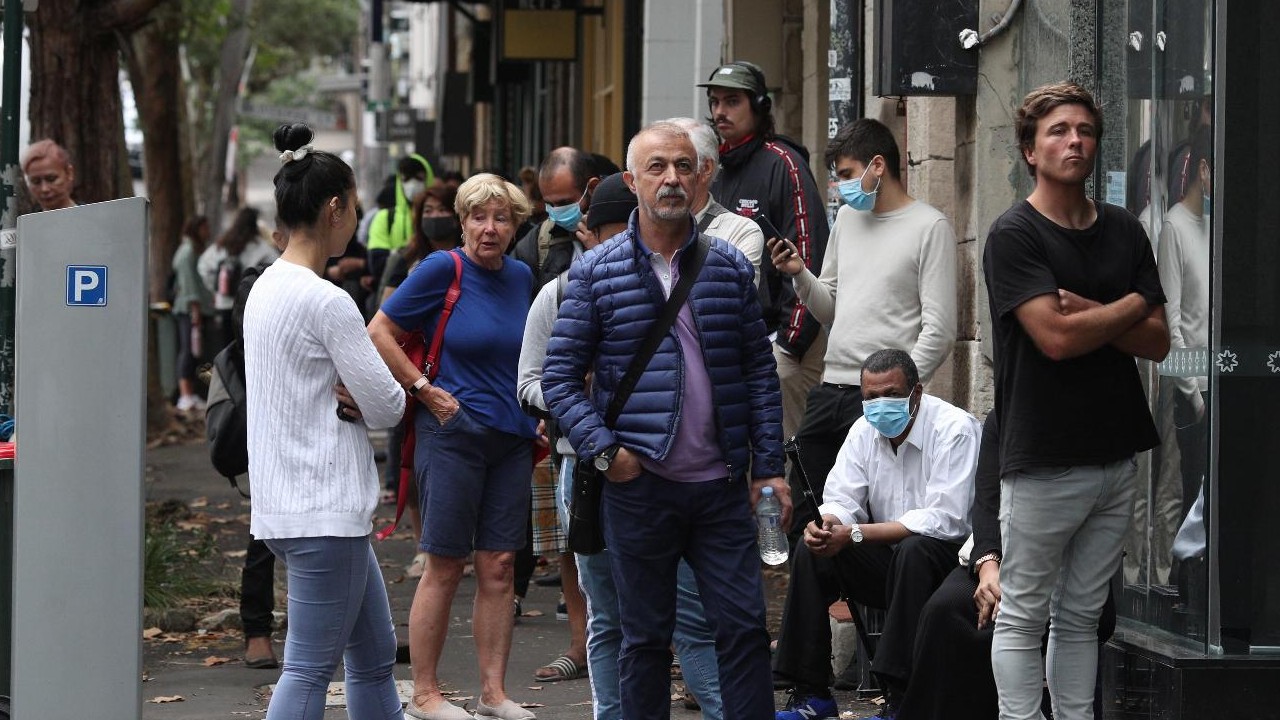- New figures show Australian gross domestic product (GDP) dropped 1.9 per cent during the September quarter, the first time in a year economic activity has slowed
- The Australian Bureau of Statistics (ABS) has released its latest GDP statistics, noting COVID-19 lockdowns in NSW and Victoria resulted in a decline in spending
- Australia’s GDP had been on the rebound after a plummeting a historic 6.8 per cent during the September 2020 quarter, as the full force of the pandemic hit the economy
- ABS figures show spending on health rose during the September period, as did household savings, while net trade exports also rose
- Household spending dropped 8.4 per cent across locked down areas of NSW, Victoria and the ACT, while the rest of Australia saw a 0.7 per cent increase in spending
New figures show Australian gross domestic product (GDP) dropped 1.9 per cent during the September quarter, the first time in a year economic activity has slowed.
The Australian Bureau of Statistics (ABS) has released its latest GDP statistics, noting COVID-19 lockdowns in NSW and Victoria resulted in a decline in spending.
“Domestic demand drove the fall, with prolonged lockdowns across NSW, Victoria and the ACT resulting in a substantial decline in household spending,” ABS Acting Head of National Accounts Sean Crick said.
GDP fell 1.9 per cent in seasonally adjusted chain volume terms, while in nominal terms, GDP fell 0.2 per cent during the same July to September period.
Before September’s result, Australia’s GDP had been on the rebound after a plummeting a historic 6.8 per cent during the September 2020 quarter, when the full force of the pandemic hit the economy.
The fall in economic activity was offset by a few different sectors, with spending on health rising during the September period as more people sought treatment for COVID-19.
The ratio of household savings to income rose, while net trade exports also rose amid growing demand for Australian coal, meat and other products.
“The fall in domestic demand was only partly offset by growth in net trade and public sector expenditure,” Mr Crick said.
Household spending dropped 8.4 per cent across the locked down areas of NSW, Victoria and the ACT, while the rest of Australia saw a 0.7 per cent increase in spending.
Finally, the Bureau noted a 4.6 per cent jump in household gross disposable income rose — the fastest rise since December 2008.







